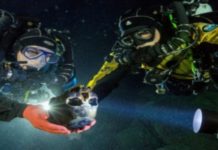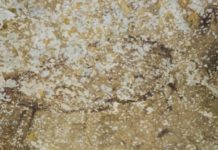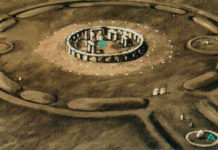They may run, swim or fly. They may weigh less than a penny or more than a dozen school buses. From humans to whales to bats, the placental mammals— so named for the placenta that nourishes the fetus during development— are mind-bogglingly diverse.
The placental mammals are one of three major groups of mammals; the other two are the egg-laying monotremes and the pouched marsupials. For years researchers have been attempting to piece together when the placentals originated and when the group’s modern orders, such as the primates and the bats, first emerged. Now an analysis of thousands of anatomical features of modern and extinct mammals, as well as molecular sequences from living species, is helping them to do just that.
The study also hints at what the ancestral placental mammal—the one that ultimately gave rise to creatures as disparate as tree sloths and sea lions—looked like. Previous attempts to reconstruct the evolutionary history of mammals yielded conflicting scenarios. Fossil evidence suggested that the placentals burst onto the scene shortly after a dinosaur snuffing asteroid slammed into the earth around 65 million years ago.
Studies that instead rely on molecular data indicate that the group appeared as early as 100 million years ago, when dinosaurs were still thriving. The new study controverts the early origin model, concluding that the placentals originated after the mass extinction event, with the first modern groups evolving two million to three million years later—after the breakup of the supercontinent Gondwana.
Perhaps the coolest part of the paper is the bit where the authors reconstruct the characteristics of the hypothetical placental ancestor (above)—a tree climbing, insect-eating beastie that weighed between six and 245 grams and gave birth to one hairless baby at a time, among other fascinating details. I’d love to see what other hypothetical ancestors look like—last common ancestor of chimps and humans, anyone?



































